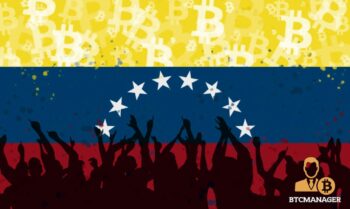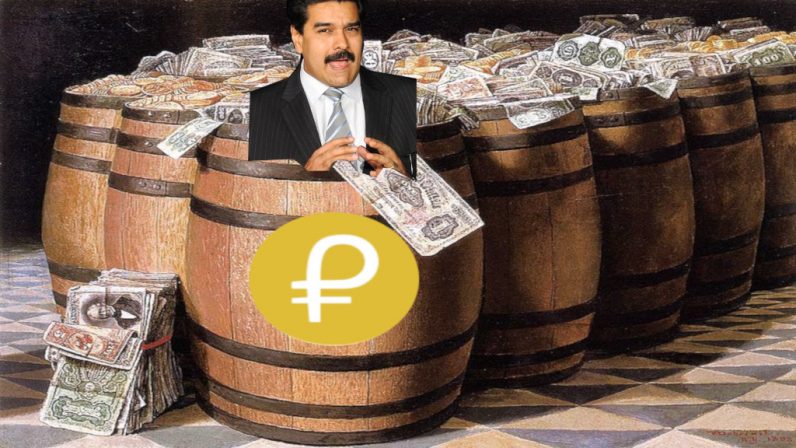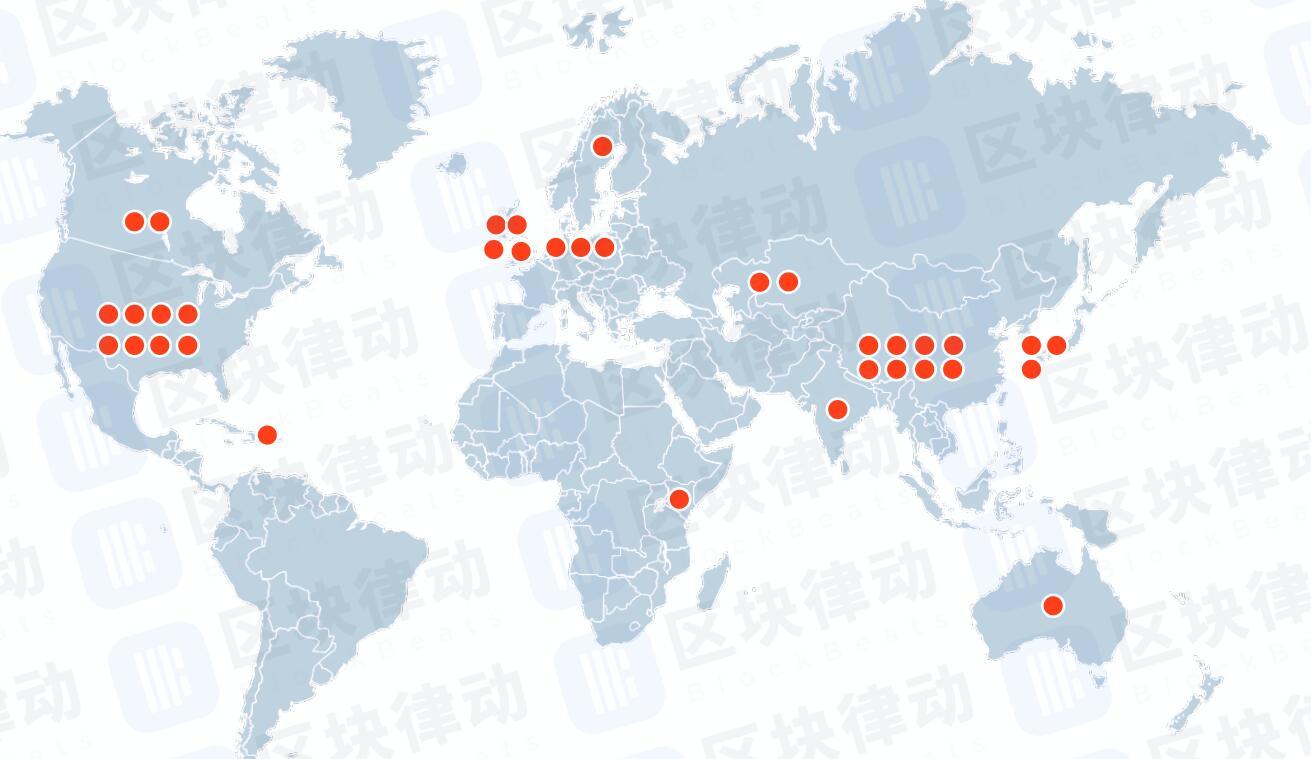2023-1-2 17:28 |
A Stable Currency Would Retain Its Purchasing Power Over Time
Most of the world’s fiat currencies have a high rate of inflation, which causes consumers’ purchasing power to decrease. To prevent their savings from depreciation due to increasing prices, people must find better investments with today’s record-setting inflation rate.
Some claim that cryptocurrencies can reduce the effects of hyperinflation, but few scenarios have tested this theory. Bitcoin’s performance does not support this belief. In fact, the country of El Salvador is down over $60M year to date on their BTC bet.
Cryptocurrencies have not yet been shown to completely eradicate hyperinflation, but they may be able to lessen it.
Despite this, there is optimism in the introduction of a new class of stablecoins that could counteract the impending effects of inflation.
How Stablecoins are Supporting Decentralized FinanceStablecoins have become the bedrock of DeFi, since the majority of the dApps and smart contract applications- including market making, collateralized loans, derivatives, asset management and many other decentralized financial tools, services and protocols-rely heavily on stablecoins in order to minimize friction in their users’ experience.
Examining the Worldwide Effects of StablecoinsStablecoins have created opportunities for people all over the world to save, access, and use their capital in ways that weren’t possible before, particularly in countries that mostly lack banking services.
Consequently, individuals in many growing countries now have a secure and practical way to take part in international financial markets.
Stablecoins have made a huge impact on international money transfers, making it simpler and much more affordable for foreign workers to send funds to family members living in developing nations.
Only recently did many people get to know about stablecoins from world news, which highlighted how hard it is for governments to abuse the financial system and oppress their
Stablecoins offer many advantages, but their algorithms have not developed as quickly as other areas of cryptocurrency. Furthermore, the increasing USD inflation has caused new issues for stablecoins.
The Stablecoin ConundrumThe majority of stablecoins are essentially equivalent to some form of fiat currency, which is the origin of the rising cost of living. As such, they experience the same monetary inflation. Since the buying capability of the fiat money decreases, it likewise affects that of the connected stablecoins. Although receiving good DeFi yields on your stablecoins might be attractive, you still need to keep in mind inflation figures, which is currently at 7.5% yearly.
There is an additional peculiar circumstance: as more entities begin investing in crypto-currencies, the utilization of stablecoins has grown significantly. Nevertheless, a few fiat currencies, such as the USD, no longer have assets in support of their value.
If most of the planet stopped using the USD, its value could potentially drop to 0. The security of the dollar is connected to how intensively it is used worldwide. Comparably, when there is a large influx of money into circulation, it becomes more unstable.
Challenges to Bitcoin AdoptionWe spoke with Aki Balogh, founder and CEO at DLC.Link, a Bitcoin applications startup based in New York City.
“Bitcoin was created as a censorship-resistant digital asset that exists outside direct government control. But Bitcoin is challenging for non-technical users to adopt and its wild volatility swings make it difficult to plan with.
Stablecoins are easy to understand and simple to buy and use, which has made them the digital asset of choice for non-technical users. Stablecoins do add some security risks, as the networks they run on can be compromised, but these risks pale in comparison to the problems inherent to existing banking systems in developing countries.”
Next-Gen Inflation-Adjusted StablecoinsTo combat inflation, the use of algorithmic stablecoins has become more popular. Rather than replacing fiat currency, they exist side by side with it.
The Volt Protocol entails a lending mechanism, with a corresponding native stablecoin known as VOLT. Customers can keep the token stable by anchoring it to the customer price index (CPI). For example, if inflation is maintained at a 7% rate over one year, then the token will be pegged at $1.07.
Why Refining CPI is NecessaryThe consumer price index (CPI) tracks a currency’s real value in an economy according to what people are buying. It is calculated by the U.S. Bureau of Labor Statistics who go out and take note of the prices on different items, then tally them up. It is also how the Federal Reserve System keeps tabs on inflation.
At the moment, the US Government releases inflation rates once a month with more than one month of delay. The legitimacy of their data, their lack of transparency, and possible conflict of interest have been severely criticized by scientists from around the globe — and validly so.
For both current and future stablecoins and other inflation hedge solutions, reliable, frequent data on independent on-chain inflation is essential. Getting this information from trustworthy public sources will enable investors to understand how any changes in inflation trends could affect their purchasing power, investments, and the cost of items in the future.
Independent on-Chain Inflation DataEventually, stablecoins will change the way we view true CPI. Two parts make up the hybrid algorithmic mechanism. The first part monitors inflation rates, while the second adjusts DeFi yields based on external sources of on-chain inflation data like Truflation.
Truflation is a crypto-native U.S. inflation index that is based on reliable, transparent data sources and calculations. It gives a more precise and current understanding of American inflation by publishing daily inflation data to the blockchain for use in smart contracts and DeFi solutions.
The goal is to have an efficient method of collecting real-world price information. This information will be used to monitor and make automatic adjustments for the value of stable coins. In the next phase of the project, there will be more effective ways of investing in inflation and protecting against it.
RelatedCrypto Investors Are Cashing Out: Over $3.5 Billion Stablecoins Redeemed
Japan’s FSA to Categorize Algorithmic Stablecoins Similar to Bitcoin
Stablecoins Linked to Consumer Price Index Might Be a Thing in the Future, Says Coinbase CEO
The post The Role of Stablecoins in Decentralized Finance and Combating Inflation appeared first on BeInCrypto.
origin »Power Ledger (POWR) на Currencies.ru
|
|




















